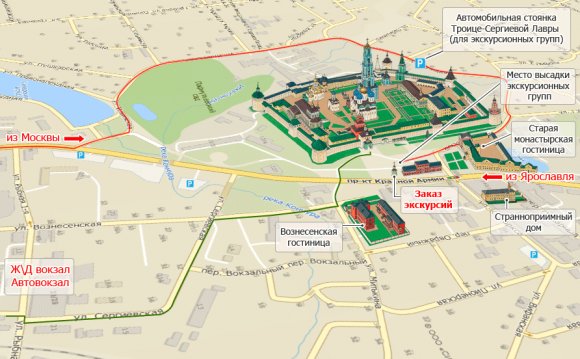
In 2016, a new terrestrial network will begin to be established in the centre of Moscow following the completion of the renovation work under the My Street Urban Programme. This will be possible thanks to the introduction of new transport schemes and lanes on central streets.
" The need for a fundamental review of the public transport scheme in the centre of the city has long emerged. In the coming years, the number of passengers on central routes will increase by 150,000 per day. We will achieve this by establishing safe speed routes that will be conveniently used by all the muscles. To this end, road traffic management will be improved on central streets in 2016, with about 7 kilometres of new allocated lanes. There will be a two-way movement of public transport on Mokhova Street, the Highway and the Theatre Pass. This will allow the shortest route to be set, significantly saving time. The introduction of convenient ground transportation in the centre will provide a suitable alternative to subway and vehicle travel and improve the environment.” Reported the Deputy Mayor of Moscow to the Government of Moscow, Head of the Transport and Development Department of Road Transport Infrastructure of Moscow, Maxim Lixuts.
Established Traffic pattern Urban transport in the centre of the city has been operating since the early 1990s, when, owing to the unilateral movement around Kremlin, the lifting of a number of lights and turns, some routes have become uncomfortable and the passenger traffic has declined sharply.
The two-way movement on the " ring " would create routes through the centre of Moscow. For example, in the long run, it will be routed through the centre linking China-Gorod with the Kutuz Prospect, Novozlobod Street with the Lenin Prospect and others. After the new developments, ground transportation in the centre is expected to be very popular, as it is necessary to make up to a few subways today to move on these tracks.








